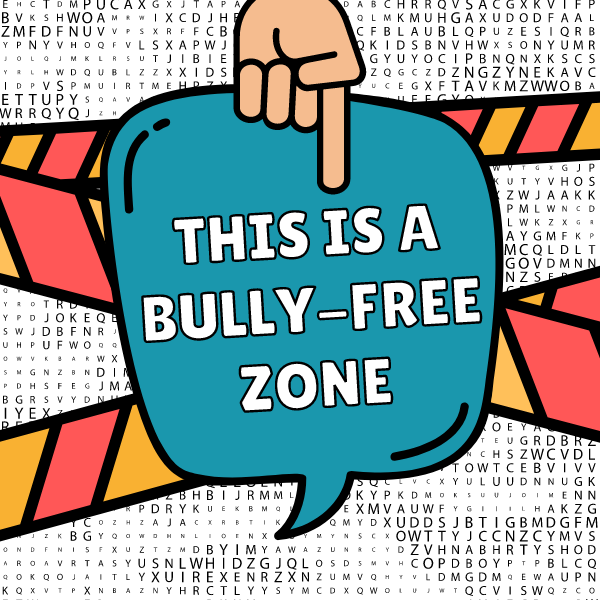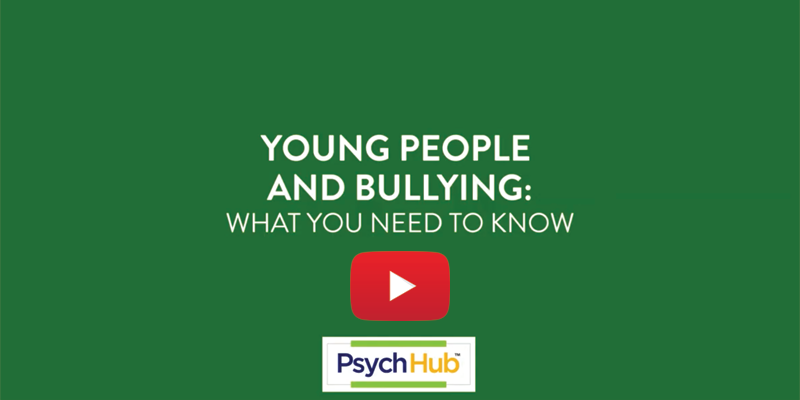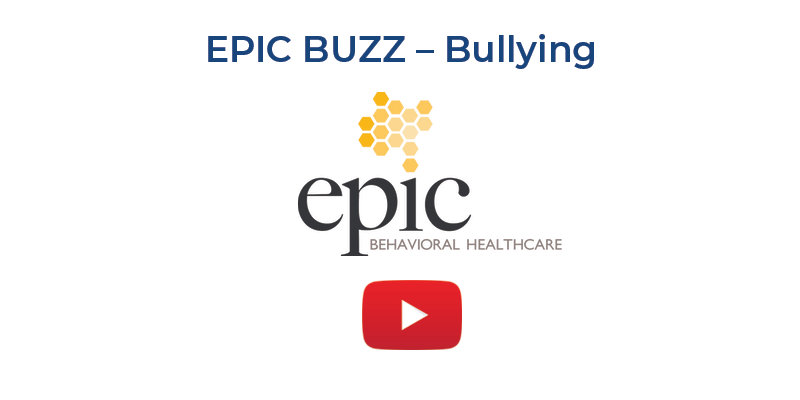Guide to Addressing Bullying Creating Safe and Supportive Environments
Bullying is a significant issue that affects many individuals, especially young people. This guide aims to provide information on understanding and addressing bullying, with a focus on creating safe and supportive environments for everyone. By working together, we can help prevent bullying and create a positive community for all. Let’s explore this crucial topic together!
understanding bullying
Bullying involves aggressive and intentional behavior, often repeated over time, where one person or group of individuals use their power to harm, threaten, or intimidate others. It can take various forms, including verbal, physical, social, or cyberbullying, and can have severe consequences on the well-being and mental health of those involved.
identifying bullying
Recognizing the signs of bullying is essential for early intervention.
Some common signs include:
Physical Signs: Unexplained injuries, torn clothing, or damaged belongings.
Emotional Changes: Sudden mood swings, withdrawal, anxiety, or depression.
Academic Decline: A decline in academic performance and school engagement.
Social Isolation: An unwillingness to participate in social activities or attend school.




